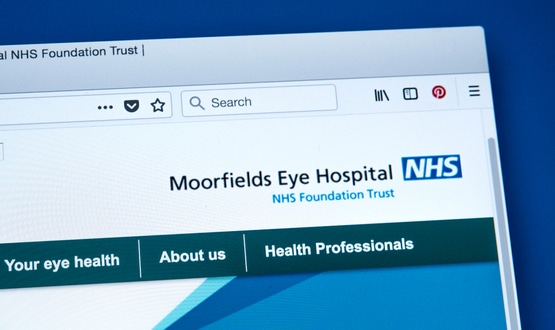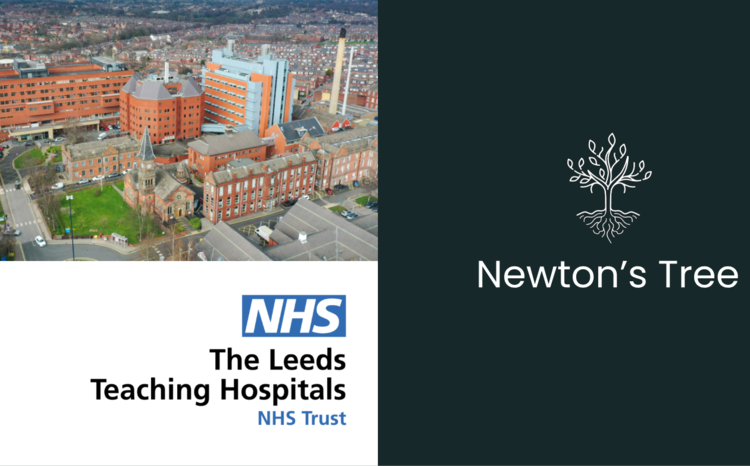Moorfields develops in-house algorithm to help detect geographic atrophy
- 9 September 2021

A team at Moorfields Eye Hospital NHS Foundation Trust has developed an automated algorithm which can detect geographic atrophy (GA) using a common eye scan.
Using optical coherence tomography (OCT) scans the team trained an algorithm to recognise the early signs, precise localisation and progression of GA automatically. They then tested the algorithm against a different set of human-graded OCT scans from patients at Moorfields Eye Hospital to compare results.
The algorithm consists of separate models looking at different aspects of GA: One predicts disease progression; while the other can determine specific features of the disease. It was developed using 984 OCT scans taken from 200 patients.
Findings, which have been published in Lancet Digital Health, have revealed the in-house algorithm was able to match, and outperform, predictions made by specialist clinicians, all in a fraction of a second using OCT scans.
The team, which was lead by Dr Konstantinos Balaskas at Moorfield’s Reading Centre, hope the algorithm will be hugely beneficial to clinicians providing care for patients with GA, who need a reliable and fast way to assess the severity of the condition, how fast it progresses and how well it responds to emerging new treatments.
Affecting more than 5 million people across the globe, GA is a severe and irreversible form of age-related macular degeneration. It can be difficult to detect in the early stages and there is currently no effective treatment available. However, there are promising treatments in development and it is hoped the Moorfield’s algorithm will help further this.
The research was funded by Apellis Pharmaceuticals, with support from the NIHR Biomedical Research Centre at Moorfields Eye Hospital NHS Foundation Trust and UCL Institute of Ophthalmology.
Dr Balaskas said: “A particular challenge for the management of GA at-scale is the need to reliably, objectively and rapidly quantify and monitor growth of area of GA on the retina using OCT scans and assess its response to potential treatments.
“We are the first academic/reading centre to develop an AI tool to do this. Developing it in-house and doing so at a standard required for publication in one of the top medical journals is a major accomplishment for our team, Moorfields, UCL and the NIHR. We hope it is a major step towards an effective treatment pathway for GA, which affects millions of people worldwide and often leads to debilitating sight loss.”
This latest piece of research follows Moorfields developing an artificial intelligence system which can predict whether people with age-related macular degeneration will develop the more serious form of the condition in their ‘good eye’.
The system, which was developed in partnership with Google DeepMind, was trained on datasets of anonymised retinal scans from 2,795 patients with wet AMD, a more serious form of the disease that can lead to blindness.



